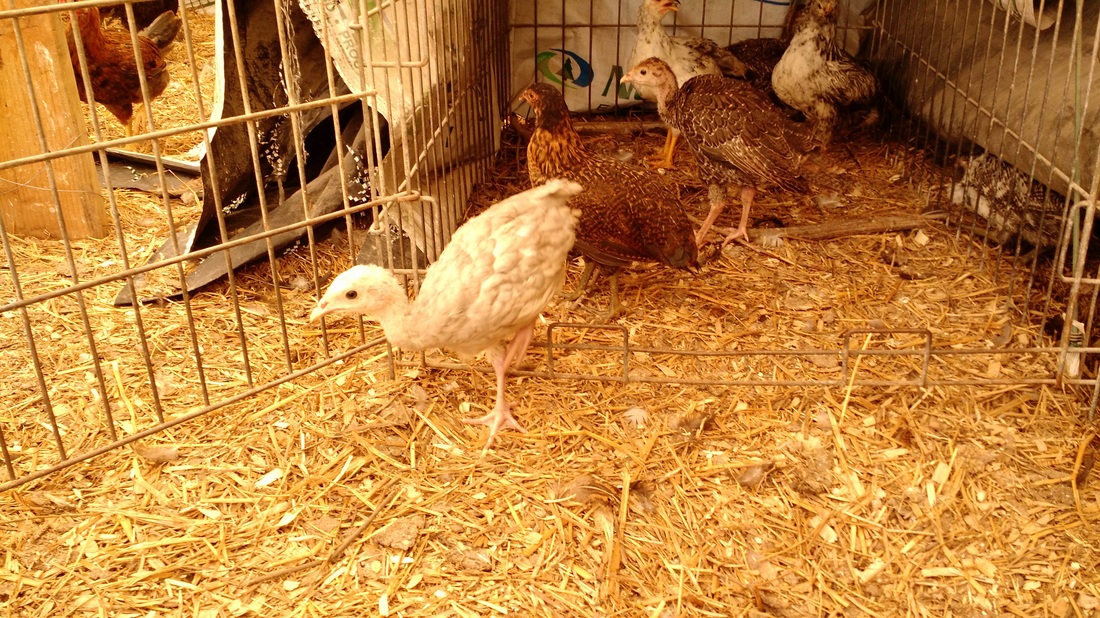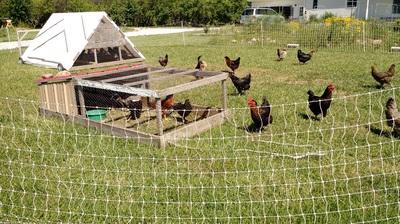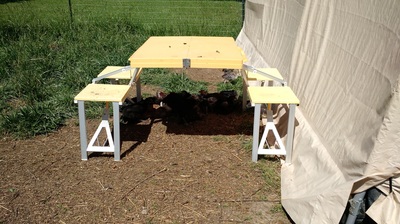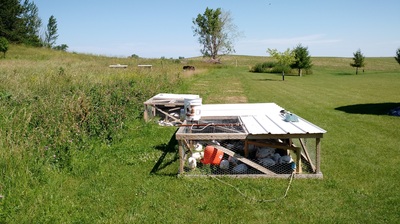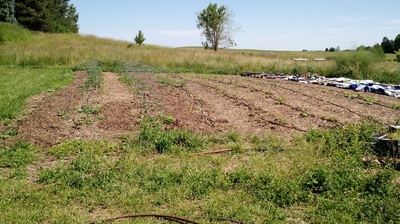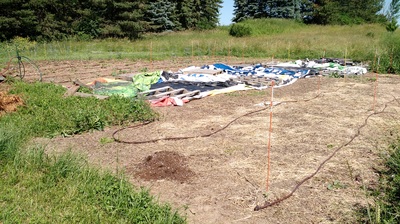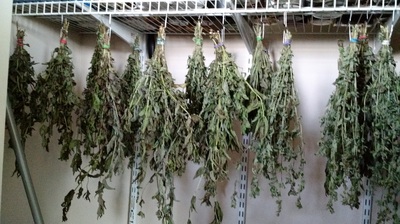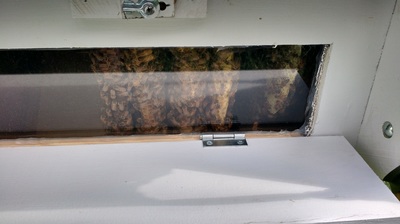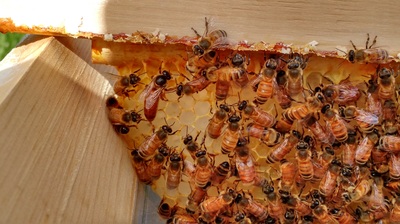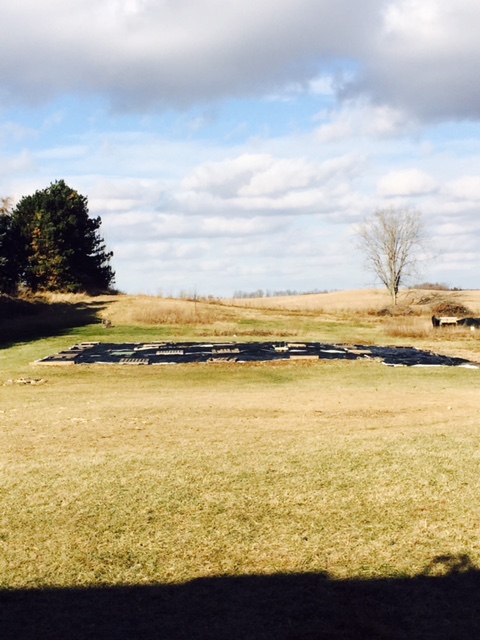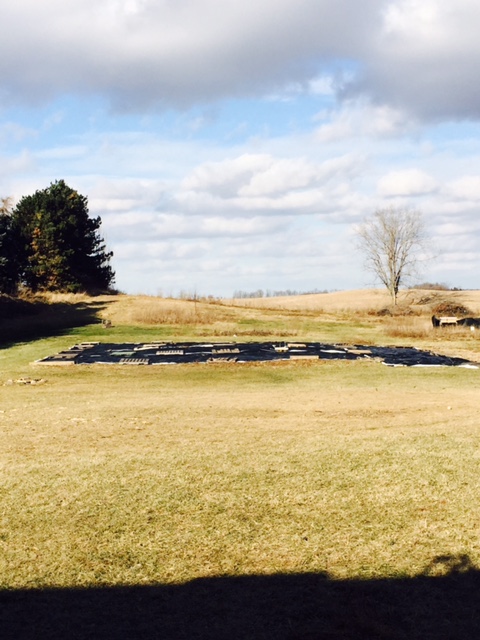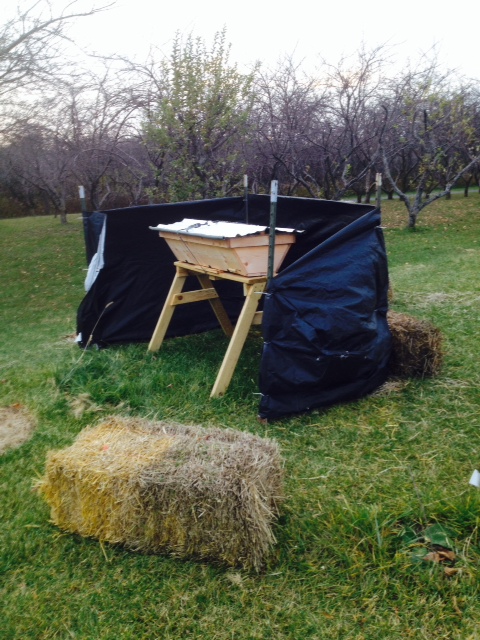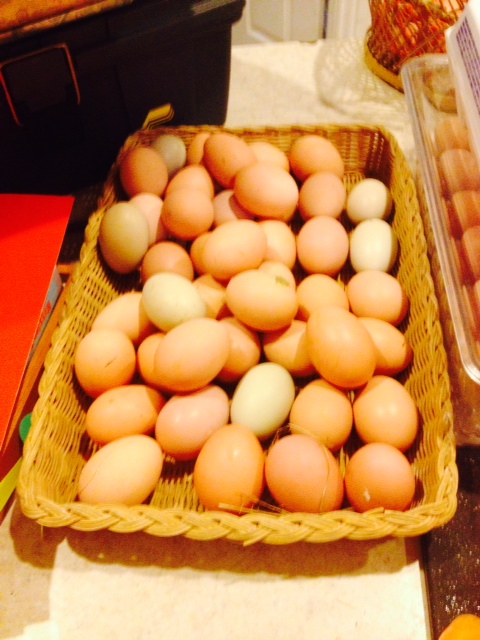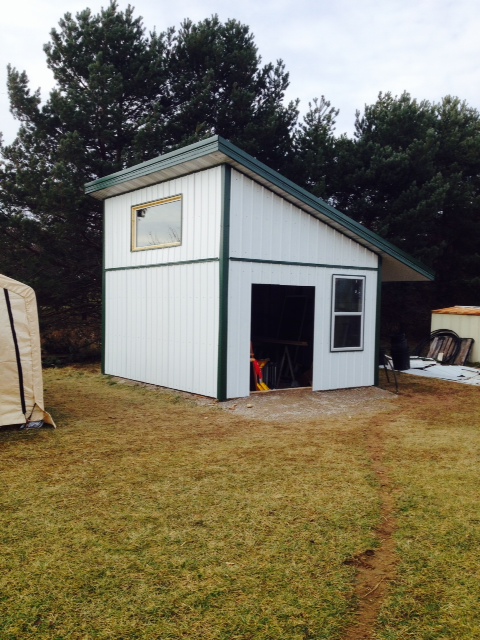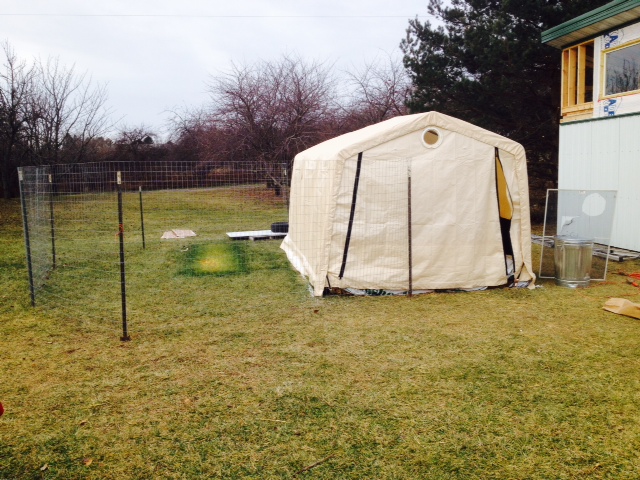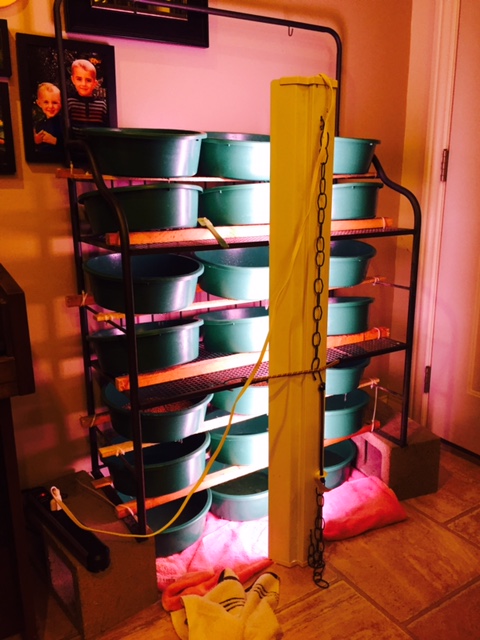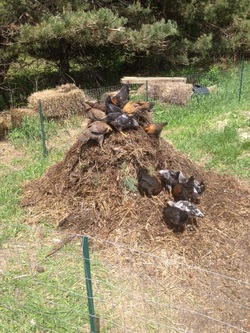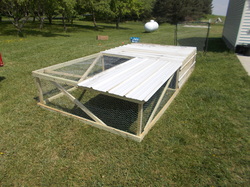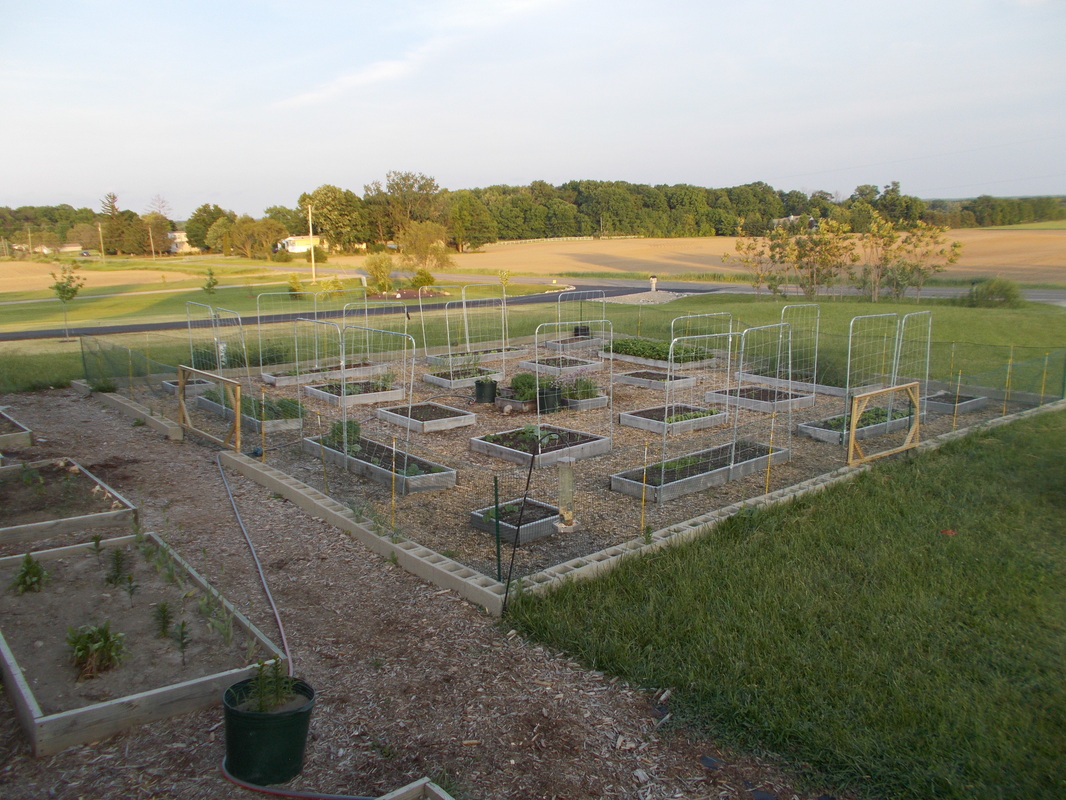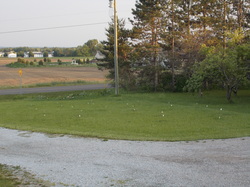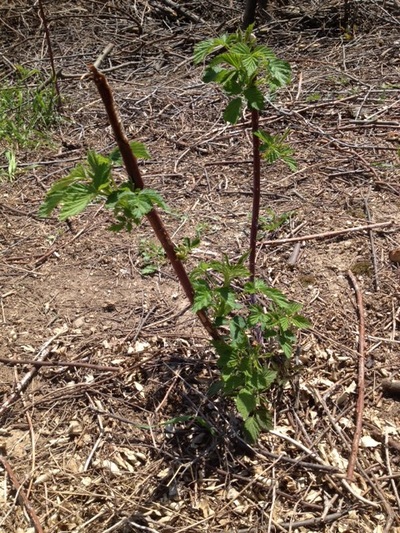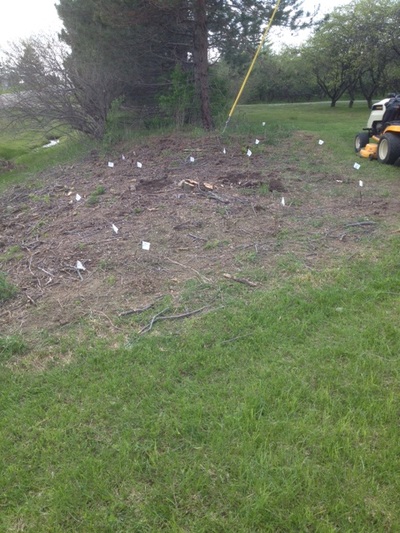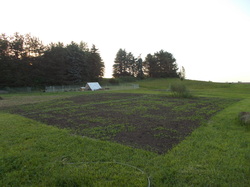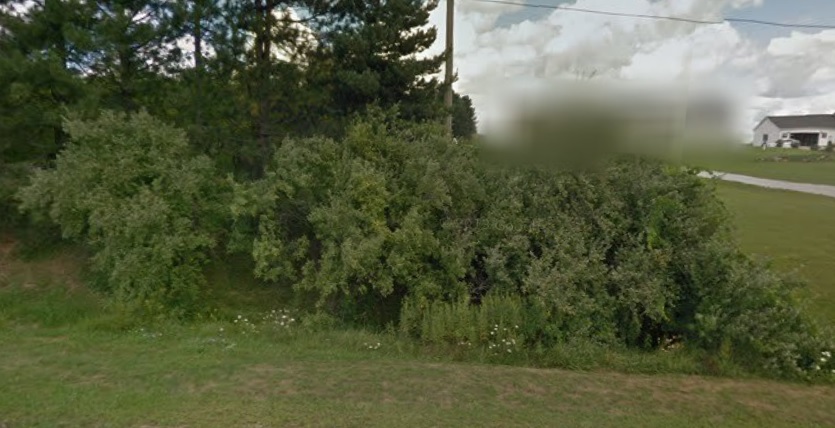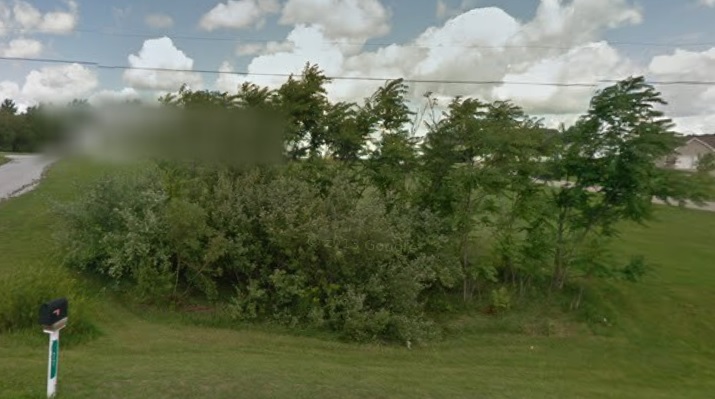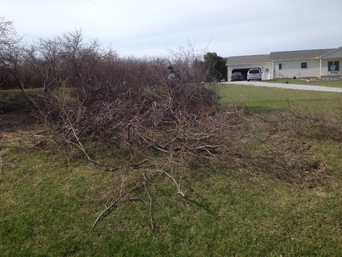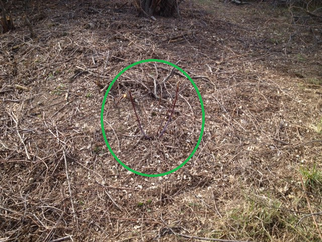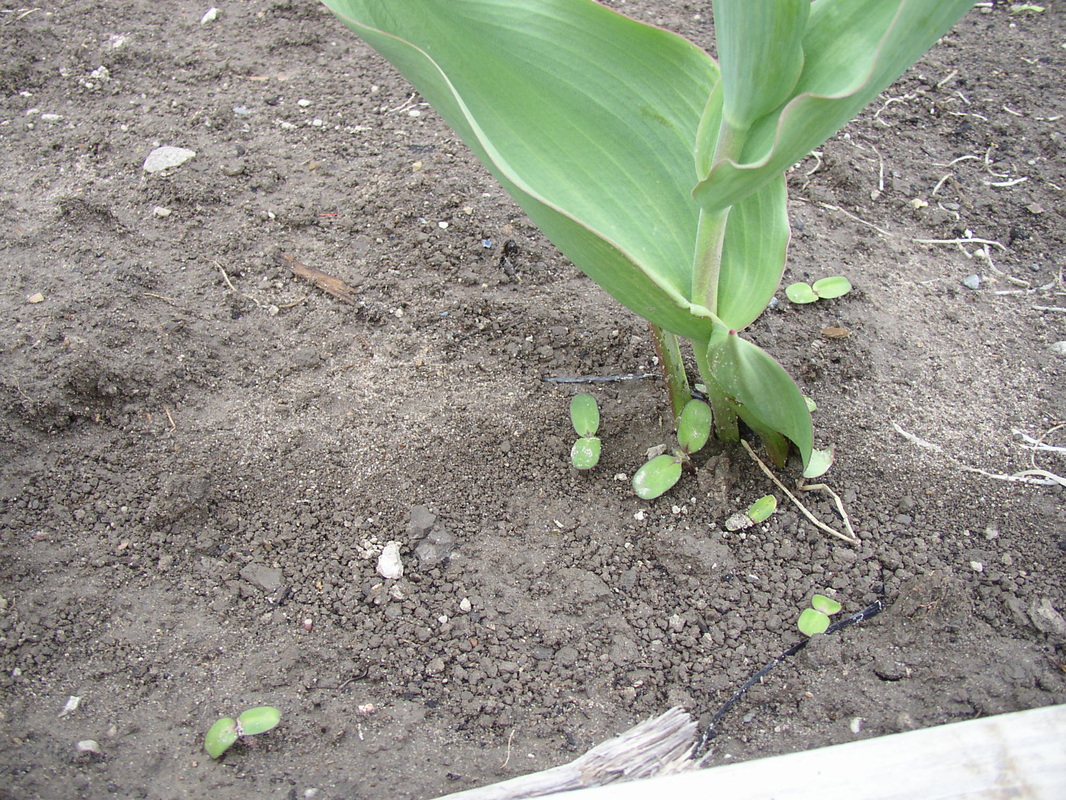While we are lacking pictures on this one, I'll give you a little tour around the farm departments to see what is going on. UPDATE: PICTURES ADDED
Animals - well we bought three pigs - Mike, Todd and Emma - who are residing on a friend's farm. As a boarding agreement, they will get one of the pigs. We just could not put the infrastructure in place to make it work this year. They are doing well and doing what pigs do!
On to chickens, the core of our operation. Egg production is down a bit, likely due to temperatures and feed restrictions. We are still getting 15+ eggs a day. We caught one egg eater and sent her to Stewpot University. We believe we still have another, but just have to catch her. We also had the flock turn on one of their own and beat her to submission. She is out of the flock and recovering, but will likely need another home after she recovers. There are thirteen birds waiting to graduate to the big leagues as they are getting acclimated to the flock in a temporary home in the fence. Eight of these are our first hatchlings, which we have an affinity to for sure. Blackbeard is a particularly handsome fella, but not sure how Charlie will like the competition. The other five are Cuckoo Maran pullets that we purchased to add some color to our egg rainbow. Of the thirteen, we have at least 3 cockerels and possibly 5.
We are five weeks into our second batch of meat birds and are looking to have 80+ meat birds ready the second week of July. Hit the SALES button in the upper right corner to order. We sold out of our first batch, which left our freezer a bit bare. We had quite a bit of attrition in our first batch--from 60 to 43 birds--and we haven't quite figured out what occurred. This batch is doing MUCH better--from 90 to 84 birds--and none lost since put on pasture. Rock on! We will be doing one more batch to finish the third week of September. Let us know if you want to fill up the freezer with delicious chicken before the snow flies.
Apiary
Lots of disappointment here, but also some hope. Really only one hive survived the winter and it is the feral swarm we caught last year. They are doing well and we actually gambled and split them last weekend to get back to two hives. Why only two? Well the two packages of bees we drove all the way to Jackson, MI to pick up did not work out. The first absconded after only a few days and due to illness in our house, we missed their swarm. The other packaged did not thrive and left that hive as well. It is possible the queen did not make it or they did not accept her. We did collect some honey following winter. We are really thinking of getting a mentor to assist us with this.
Peas are getting picked, radishes are weird this year, garlic scapes have been plucked, asparagus was delicious, and strawberries are in full flush. Beans are growing and things are looking good overall. Diana just harvested some herbs and has them drying in the house in numerous bunches.
Back Garden (new addition!)
This one has been a work in progress. THE CLAY HERE IS RIDICULOUS! Last year we let it go, seeded it with cowpea, daikon radish, clover and various other things and ran the chickens on it. Afterward, we covered it in degraded hardwood mulch. We tarped it over winter (see the Mark Bernstein post) and it worked great! However, there was no significant change in soil structure. I got out the broadfork, A.K.A. The Wolverine, and went to town on the rows aerating them. This loosened the soil and we planted in the 30 inch rows, similar to Jean Martin Fortier, the Market Gardener.
Thus far, weeds are coming up, but slowly. The plants are beginning to get over transplant shock and direct seedings are growing well. A sprinkling of worm castings and drip irrigation line were the final touches. I am adding old paper feed bags in the rows and covering them with mulch to block weeds. This carbonaceous weedblock should break down and add to the garden structure. I plan to add some humic acid to get soil biology going and then play with other amendments (i.e. epsom salt, more mulch, etc.). We are taking a no-till approach to the back garden and will focus our soil structure adjustments on using The Wolverine.
As far as what we have planted you ask? Well we have too many tomatoes for sure, but they are in. Copious amounts of peppers, two types of zucchini, patty pan squash, two types of bush beans, cabbage, broccoli, cauliflower, eggplant, dill, basil and also fennel. I have went hot and heavy on the squash this year. The pumpkin/melon patch should provide great pumpkins for the kids to carve and possibly sell, as well as watermelon and two types of cantaloupes. Then comes the random plantings. I have winter squash and other "viney" things all over the place. Using some of the edges of our property, I have planted a number of varieties to try: butternut, acorn, Sibley squash, long pie pumpkins and some others that I cannot remember the names. I'm sure if there is a bounty of squash, you will see pics in the fall.
Finally, we tried some potato towers. While I don't intend on building them up, I made three fenced in mounds with straw and some soil and am trying to see if this works to make a good harvest of potatoes. It is an experiment, but we shall see.
Quite a bit going on as you can see. More chicken processing is happening in the near future as batch two comes to a close. Yes, we do process our own chickens. That is another blog post. Let's just say that Diana plays a mean chicken carcass trombone. Until next time everybody!
Trevor
